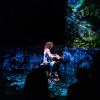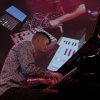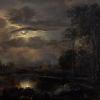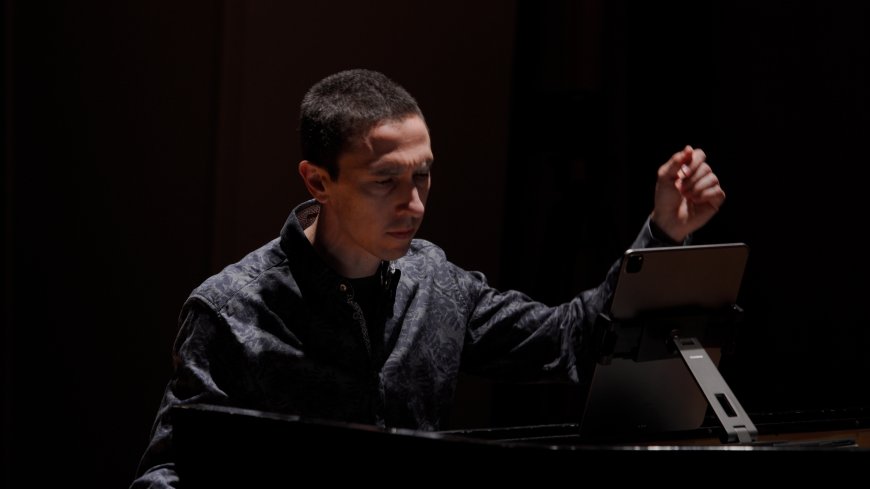
The eight pieces performed in Nic Gerpe’s Piano Spheres program, “Islands,” unfolded less as a series of isolated vignettes than as a single, continuous soundscape — an archipelago of sound shaped by shared tides. From mythic volcanism to urban melancholy, Gerpe revealed the piano as the common waters uniting them. This unity came not just from similarity between pieces but from Gerpe’s clarity of touch and his intention in shaping resonance, sculpting gestures, and inviting listeners to inhabit his sonic world.
The evening opened with “Ilhas,” a piece written in the early 1970s by Brazilian composer Almeida Prado but still crackling with elemental force. The opening took on an air of invocation, with Gerpe summoning Prado’s island worlds from across time and distance. The eight-movement suite spanned volcanic intensity and oceanic iridescence, building soundscapes through dense rising chords and sudden, motoric eruptions.
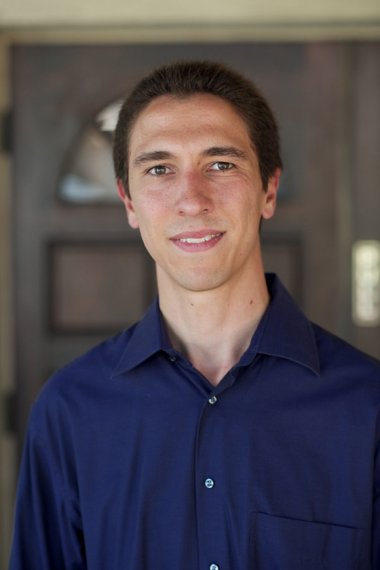
Gerpe played with exceptional control of tone and decay, each gesture blooming and fading with painterly precision. Visual projections by Miguel Galindo featured lava flows, swimming turtles, and congregating birds, images that moved with quiet, if literal, tact. They complemented the score without intrusion and, in their gentleness, echoed Gerpe’s generosity by offering the audience another point of entry to the music.
Gerpe moved through pieces that seemed to converse across distances, each echoing the last. Though many shared a vocabulary of gesture and texture, each piece spoke its own distinct language. The world premiere of Robert Pollock’s “Maui Lifts Islands” offered tectonic, suspended sonorities. Even in its most explosive moments, Gerpe’s touch remained sculptural and focused.
In Salina Fisher’s “Uchi-Soto,” Gerbe muted piano strings with the palm of his hand, producing ghostly, overtone-rich textures that hovered between harmony and color. The effect was striking. Gerpe treated each extended technique not as a novelty, but as part of a larger expressive vocabulary. Donnacha Dennehy’s “North Wall” brought intricate, minimalist filigree. Gerpe brought clarity to its dense textures, revealing melodic threads through careful voicing and pedal work.
After intermission, the atmosphere turned inward. José-Luis Hurtado’s “Memories of 490 West End” combined live piano with prerecorded electronic manipulations of Gerpe’s own playing. Rather than acting in contrast, the electronics bloomed from the piano’s natural timbre, casting spectral shadows and extending its resonance. The piece felt suspended in time, with echoes of Morton Feldman-like stillness and a quiet vocal quality that revealed Gerpe’s refined sensitivity to pacing and weight.
A similar stillness carried into Christopher Cerrone’s “Hoyt–Schermerhorn,” a portrait of urban loneliness. The visuals here — especially a single, Magritte-inspired, unmoving figure framed tightly as subway trains rush past — added a surreal edge to the music’s gentle lyricism. At one point, low, resounding harmonies emerged, hinting at modern pop balladry. Again, electronics traced the piano’s edges, amplifying their color instead of obscuring them.
Paul Moravec’s “Los Angeles Variations” felt more rooted in traditional pianism, lighter in tone and more overtly rhetorical. Gerpe met it with the same attention to detail and dynamic shading that shaped the evening, which ended with Thomas Osborne’s “And the Waves Sing Because They Are Moving,” a driving, prepared-piano piece inspired by poet Philip Larkin. Rolling bass patterns and swelling tremolos brought the evening full circle, as Galindo’s visuals returned to sea turtles, puffins, and ocean waves. The piece moved with virtuosic momentum, yet nothing felt forced or athletic; it simply flowed.
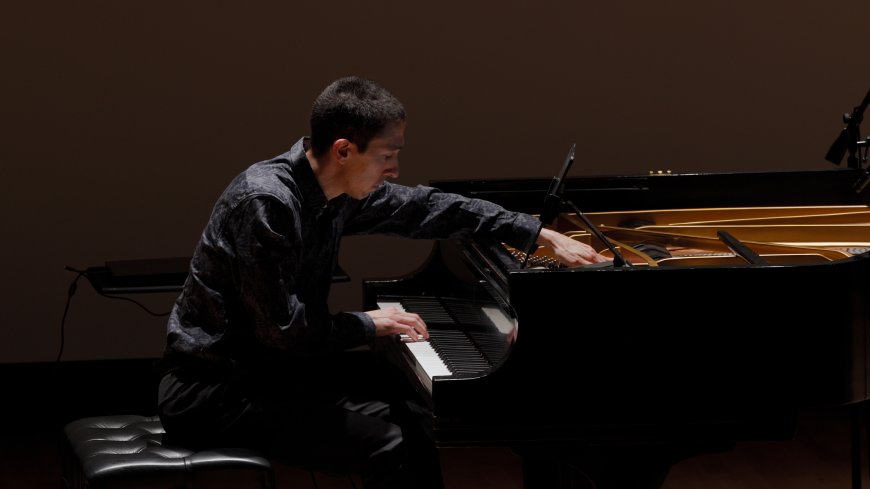
If the theme of “Islands” implies separation, the evening revealed the opposite. Each work flowed into the next, forming a quiet dialogue across aesthetic borders. Gerpe played with a kind of selfless clarity, letting melody and texture speak on their own terms, a testament to a pianistic technique defined by clarity. It takes true mastery in both writing and performance to make contemporary music feel this intimate, this accessible, this human.
For decades, Piano Spheres has offered pianists like Gerpe a rare freedom: the chance to explore the instrument’s outer edges without apology or explanation. Tuesday night made clear how essential that space remains. With a season that includes programs of contemporary works, world premieres, and a Morton Feldman marathon, Piano Spheres reminds us that Los Angeles is a vital home for contemporary piano repertoire.


